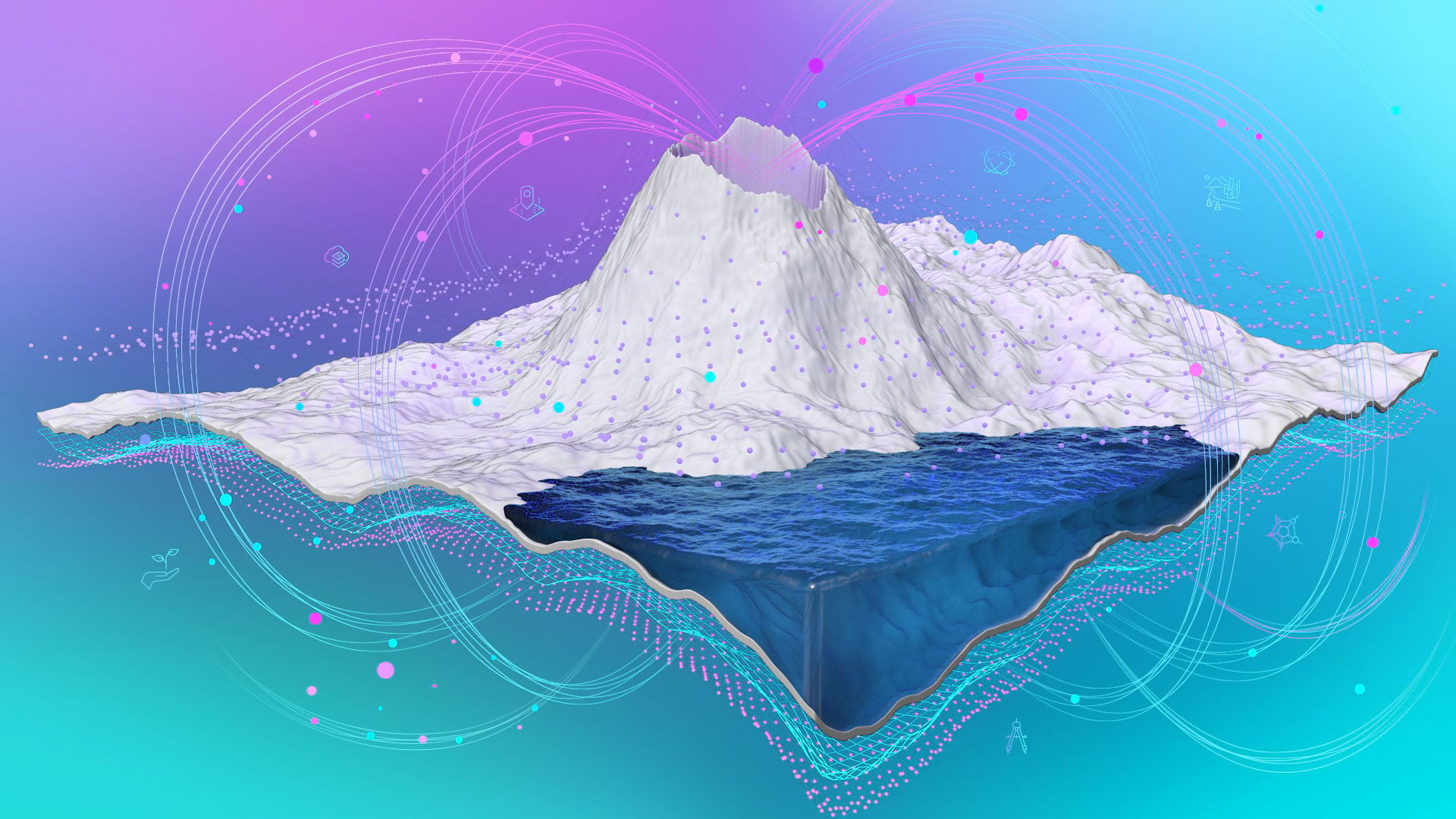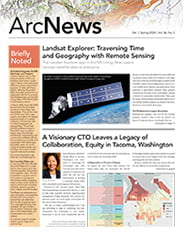Let’s face it, as a species, humans have been highly successful. Our innovations and achievements in science, technology, and culture have supported the overwhelming success that has also led to an exponential growth of the human population, currently estimated at more than 8.0 billion.
The impact of this ever-burgeoning population has also led some people to call the current era the Anthropocene Epoch. This domination of the planet is now threatening Earth and our collective existence. Human-induced climate change is stimulating ecological instability.
It’s my sense that we humans are living recklessly—that we’re living beyond our means and our collective actions are substantially altering our Earth’s surface, atmosphere, and oceans. This simply isn’t sustainable. Some say we may not even have a future.
But I believe humanity is at an inflection point. We must choose to stand up and create a sustainable future. We must take collective responsibility for imagining, designing, developing, and implementing solutions that sustain the planet.

However, we need to move quickly. There is no time for political polarization or ceaseless discussion. We have very little time to choose before there will be no choice available.
Fortunately, we already have a powerful tool: the geographic approach. It’s the key to holistically solving problems and the foundation for positive action. Sustainability starts with geography—it begins with seeing the world as a single ecosystem.
The technology for implementing the geographic approach is GIS and it is advancing rapidly. The work of organizations using GIS is becoming interconnected into a geospatial infrastructure of distributed servers—a system of systems. This is making information pervasively available and expanding the capability for action.
GIS furnishes the tools for integrating and analyzing data; devising and evaluating solutions; and collaborating and communicating the information that can guide the actions that create a sustainable future. As GIS professionals, we will continue to have an essential role to play in creating this future.
Let us strengthen our shared commitment to the planet. It is more important than ever.


